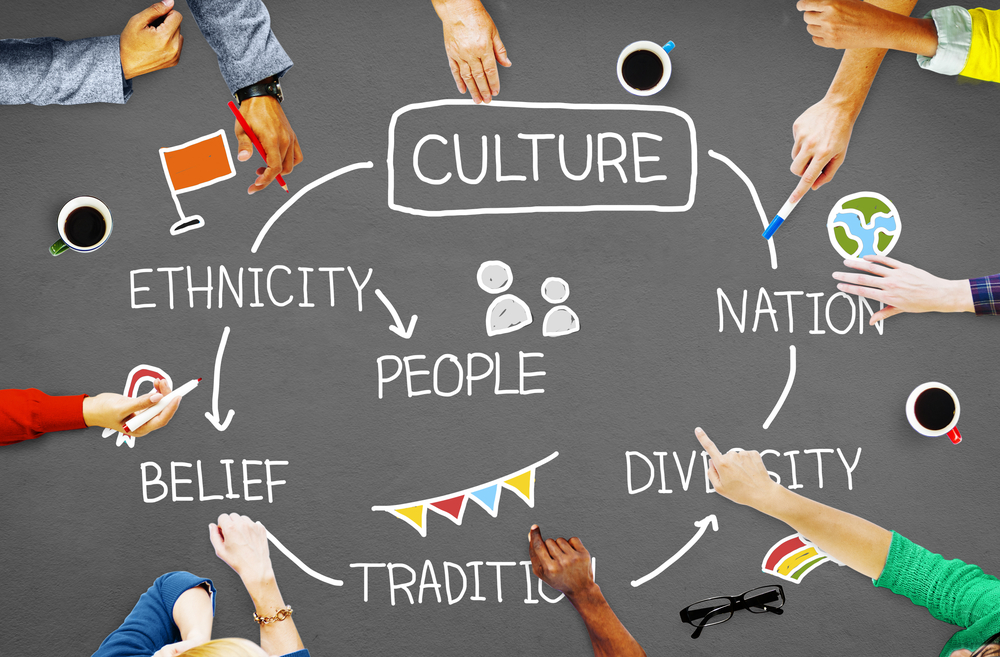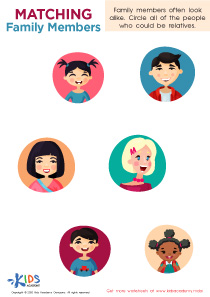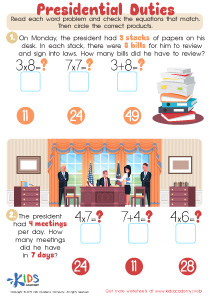Color recognition History Worksheets for Ages 6-9
3 filtered results
-
From - To
Discover engaging Color Recognition History Worksheets tailored for ages 6-9! Perfect for young learners, these worksheets blend vibrant colors with fascinating historical themes, making education fun and interactive. Students will delight in coloring historical events, figures, and artifacts while enhancing their cognitive and fine motor skills. Each worksheet is expertly designed to spark curiosity and deepen understanding of history, promoting both creativity and knowledge retention. Ideal for classrooms and home learning settings, these resources support foundational learning goals and present history in a lively and memorable way. Start your child's colorful journey through history today!
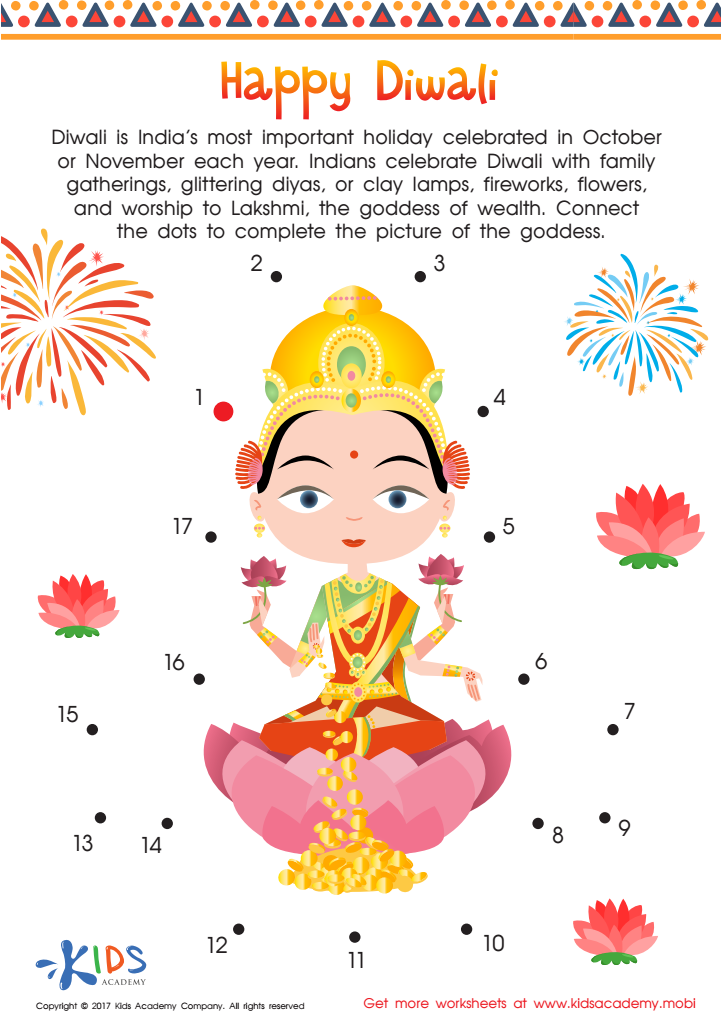

Happy Diwali Printable
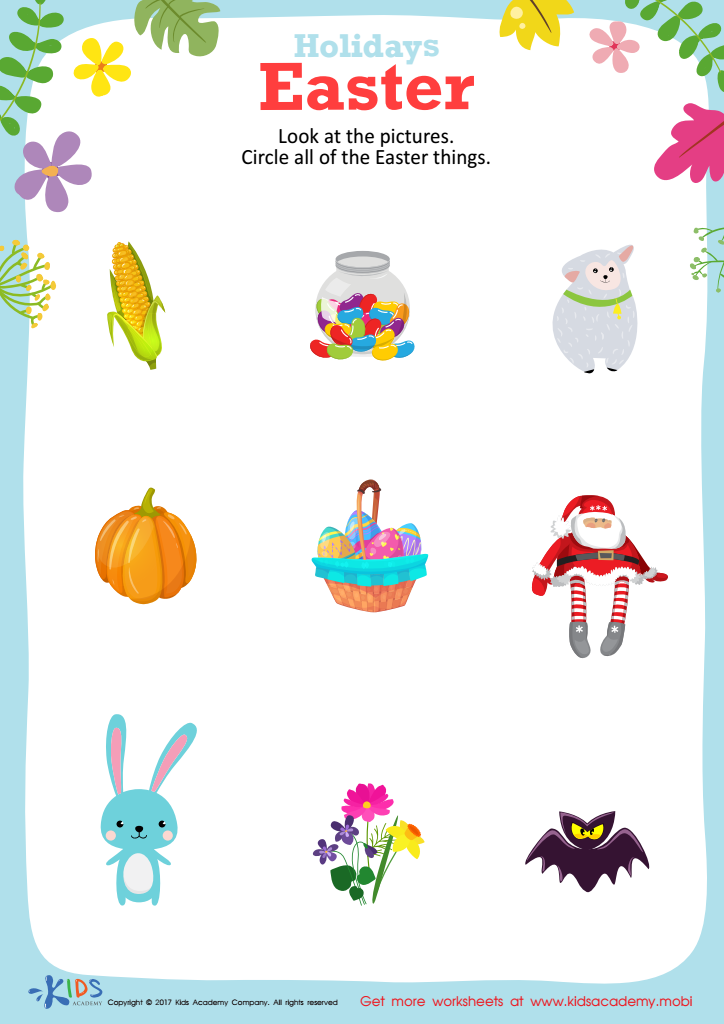

Easter Holiday Printable
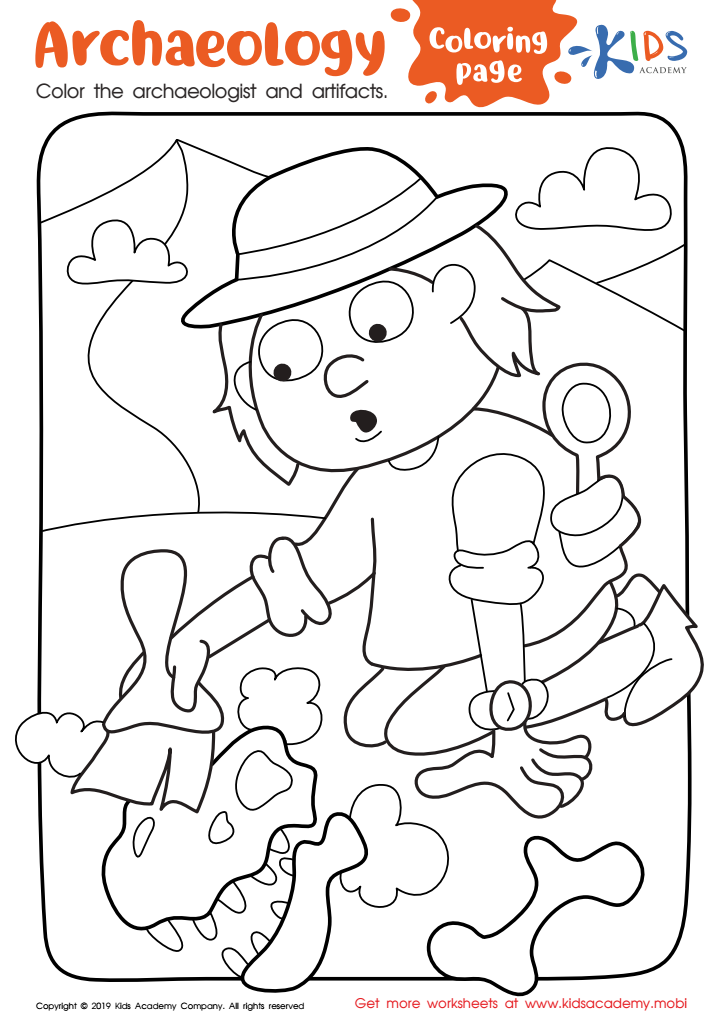

Archaelogy Coloring Page Worksheet
Color recognition history is the landmark progress that children make as they learn to identify and differentiate colors over time. For children aged 6-9, parents and teachers should care about this for several compelling reasons. First, color recognition is fundamental to cognitive development. It enhances memory, attention, and pattern recognition, all of which are critical for academic subjects like math and reading. Knowing how and when children typically master color recognition helps caregivers tailor educational activities to support and challenge them appropriately.
Second, color is a pivotal communication tool. It aids in the interpretation of nature and emotions by associating colors with feelings and seasons, thereby enriching language and social interactions. For example, understanding that blue often represents calmness can help children articulate their feelings better.
Moreover, color plays a key role in fostering creativity and self-expression. Art and play involving colors stimulate the imagination and allow kids to explore and express their ideas freely.
Educators informed about the milestones and variations in color recognition can better identify any developmental delays or visual impairments early on, ensuring timely intervention. Hence, having a robust understanding of color recognition history not only supports well-rounded development but also helps in nurturing a child's academic and social readiness.
 Assign to My Students
Assign to My Students


